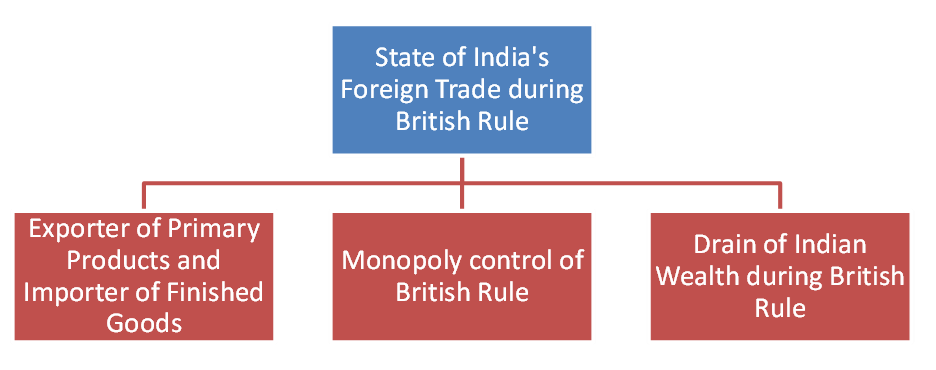FOREIGN TRADE
Foreign trade in India includes all imports and exports to and from India. In 1950, India's share in the total world trade was 1.78%
Trade Policy: Import Substitution
- In order to be self-reliant in vital sectors, India has followed the strategy of replacing many imports by domestic production. .
- In the first seven plans, trade was characterised by an inward-looking Trade Strategy This strategy is called 'Import Substitution'.
- Import Substitution refers to a policy of replacement or substitution of imports by domestic production. . For example, instead of importing vehicles made in a foreign country, domestic industries would be encouraged to produce them in India itself.
- The basic aim of the policy was to protect domestic industries from foreign competition.
- The policy of Import Substitution can serve 2 definite objectives: (1) Savings of precious foreign exchanges and (ii) Achieving self-reliance.

Protection from Imports through Tariffs' and 'Quotas
1. Tariffs: Tariffs refer to taxes levied on imported goods. The basic aim of imposing a heavy duty on imported goods was to make them more expensive and discourage their use.
2. Quotas: Quotas refer to fixing the maximum limit on the imports of a commodity by a domestic producer. The tariff on imported goods and fixation of quotas helped in restricting the level of imports. As a result, the domestic firms could expand without fear of competition from the foreign market.
Reason for Import Substitution
1. The policy of protection (in the form of Import Substitution) is based on the notion that industries of developing countries, like India, are not in a position to compete against the goods produced by more developed economies. With protection, they will be able to compete in the due course of time.
2. Restriction on imports was necessary, as there was a risk of the drain of foreign exchange reserves on the import of luxury goods.

 PathSet Publications
PathSet Publications
